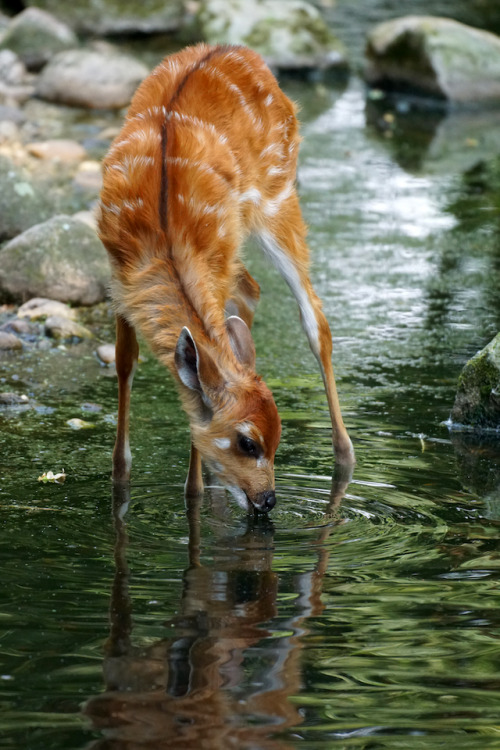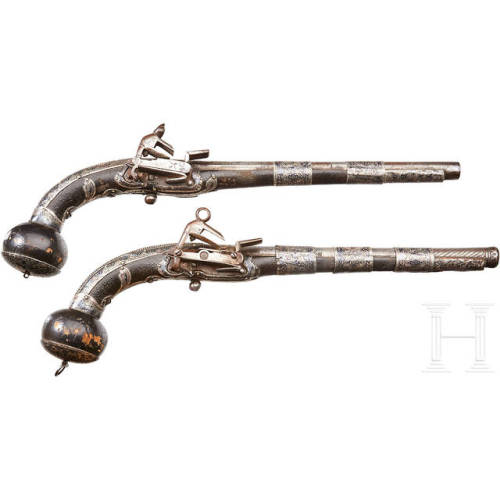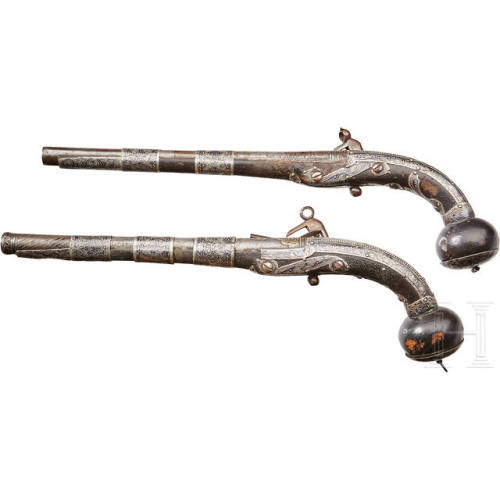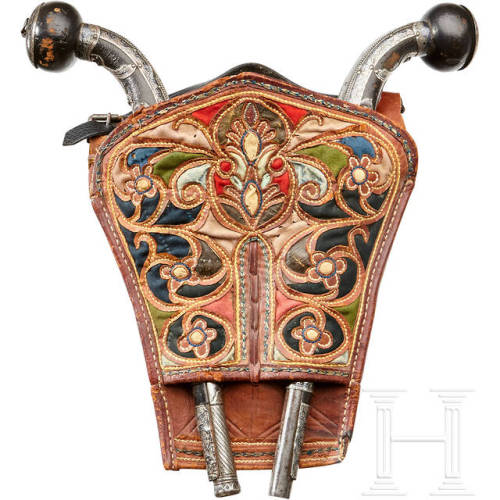rekillkos
21 posts
Latest Posts by rekillkos


Stimmy! Source: X

ᶦⁿˢᵗᵃᵍʳᵃᵐ
![LJS 478 - [Astronomical Anthology]](https://64.media.tumblr.com/107cd80ce1f467095acb8b6f82a5f43a/tumblr_prgqbtUl2K1uubqfso2_500.jpg)
![LJS 478 - [Astronomical Anthology]](https://64.media.tumblr.com/486342dad225a4079f1736f442776d5f/tumblr_prgqbtUl2K1uubqfso4_500.jpg)
![LJS 478 - [Astronomical Anthology]](https://64.media.tumblr.com/6bc9b792245ee0fa57b9eb85d7b17000/tumblr_prgqbtUl2K1uubqfso3_500.jpg)
![LJS 478 - [Astronomical Anthology]](https://64.media.tumblr.com/a65846533361e11c6ef332f5545ca566/tumblr_prgqbtUl2K1uubqfso6_500.jpg)
![LJS 478 - [Astronomical Anthology]](https://64.media.tumblr.com/98c24ae75ea2b263ee002d817b9d4ec3/tumblr_prgqbtUl2K1uubqfso5_500.jpg)
LJS 478 - [Astronomical anthology]
This manuscript is a collection of astronomical treatises:
Muḥammad ibn Aḥmad al-Bīrūnī’s Kitāb fī istīʻāb al-wujūh al-mumkina fī ṣanʻat al-asṭurlāb (On the construction of the astrolabe);
two treatises on “crab and drum” astrolabes now attributed to the 10th-century astronomer Nasṭūlus (or Basṭūlus);
a treatise on an instrument for finding the direction of Mecca;
a treatise on the ecliptic;
a treatise on the compass.
It was written in Persia or Anatolia, in A.H. 625 (1228 CE).
Click here to read more about it, or here for the facsimile!










burakdogansoysal

This is a young antelope



A pair of silver mounted miquelet pistols from the Caucasus, mid 19th century.
from Hermann Historica




Eurasian brown bear


Play Dead
\\ The idea of “if roadkill could seek revenge” is still on my mind over a year later.


By Guy Lacroix
At this point the alpha male was protecting his prey, fending off four wolves at the same time; his patience was wearing thin.
An amazing afternoon with the wolves.
Photographed at Parc Oméga, Montebello, Québec, Canada.
“The wolf tends to live in packs. Each pack is typically made up of an alpha pair (the dominant male and female) and their cubs, as well as offspring from previous years. Within the pack, there is a clear hierarchy that determines, among other things, which animals eat first. Generally, only the alpha pair mates, but every member of the pack helps raise the new pups. Lesser-ranked wolves are often designated “babysitters” while the rest of the pack is out hunting. Grey wolves usually mate for life.”
The Royal Canadian Geographical Society










The World’s Worship in Stone: Temple, Cathedral, and Mosque One Hundred and Fifty Engravings From the Best Artists With Descriptive Text By M. M. Ripley FIRST EDITION VICTORIAN BINDING ILLUSTRATED WITH 150 ENGRAVINGS Publisher: Estes and Lauriat, Boston Copyright: 1879
BUY ON ETSY




by DustyRayPaints
Prints available on etsy!

During the 1999 investigations related to Second Fort Crawford in Prairie du Chien, Wisconsin a single projectile point made of heat treated Prairie du Chien chert was recovered. The point is beveled at the tip and is probably an example of Scottsbluff, dating to the Late Paleoindian or Early Archaic time period.



Gold and silver decorated matchlock pistol, Japan, 18th-19th century.
About the grotesque
On my last post I wrote about the limitations of photography, how the medium should be considered part of a more sofisticated machinery and how someone that does not care to understand they way such limitations impact their work could be taken for simples operators, enteties replazable by other human or machine.
Well something that came up to my mind was, what is art? and what is it about photography and art in general that separates it from a mechanical labor or task? well the thing about this questions is that are questions that don’t really have an answer, because they are what we can call “metaphysical questions”.
Metaphysical questions have the interesting quality that they don’t exist for an answer but rather to provoke and to drive, so when a photograph, song, painting or any piece of art provokes a reaction from you, it is important to remember that such reaction did not come from the object but the subject, in this case you!
So the grotesque or the happiness you feel before a work of art is yours, a reflection of your own mind, it takes into account different scales of interpretation like the type of person you are, whether you agree with the art work or not, the context under which you see such work, etc.
So if it makes you feel uncomfortable, remember that is your own disgust playing on the background, art and other metaphisical expresion seek to take something from deep inside and presented to you, making you question or react to such objects or ideas, as artists, that is what we strive to do, however the means under wich we pretend to achieve such task might change from person to person and from time to time.



Antione Le Grand’s “Historia Naturae”, published 1673 in London. Le Grande (1629-1699) was a Franciscan friar and philosopher.

Thanks to Jim Theler for this week’s post –
Domestic Dogs in Precontact North America Societies
Origin and Timing of Dogs in North America* Recent genetic evidence indicates that dogs were likely domesticated from a wolf ancestor some 17,000 years before the present (YBP) in Europe or East Asia, and were widespread in the Siberian-Bering Land Bridge area from 16,000 to 12,000 YBP. It now appears that dogs were not domesticated in North America and that there were two or possibly three different introductions to the Americas. Dogs may have accompanied Paleoindian peoples to North America 13,500 YBP, but the evidence for this is lacking. The earliest domestic dogs recovered at North American archaeological sites were found as burials at two sites in the lower Illinois River Valley, Stilwell II and Koster. Radiocarbon dates indicate that these dogs date to the Early Archaic period about 10,000 YBP. Both dogs were medium-sized animals that weighed about 30 pounds. Later domestic dogs (possibly from a different and later migration) on the Great Plains and the far north could weigh 100 pounds or more and probably served as pack animals and sledge dogs.
Functions of Dogs Native peoples of the Americas, including those in Wisconsin, had a close relationship with the domestic dog (Canis familiaris). In the early historic era, dogs were numerous at Native villages and served many functions– as alarm systems watching for human or non-human intruders, as pack animals, and as aids in hunting. Generally they weren’t intentionally fed; instead they scavenged refuse and stored nutrients by eating animal and plant debris humans wouldn’t consume. Dogs also served as a food source in some rituals (dog feast) or emergencies. They could also be a source of warmth during cold winter weather (the phrase “three dog night” is said to refer to indigenous Australian people sleeping with three dogs on cold nights).
Evidence of Dogs in La Crosse and western Wisconsin Late precontact Oneota sites in the La Crosse area often have evidence for the presence of dogs. Skulls and mandibles of domestic dogs are found at many Oneota sites, and the skulls often exhibit “pool-cue” fractures indicating that the animal was intentionally dispatched. Cut marks on the mandible and long bones indicate butchering for consumption. Other animal bones found in refuse at the sites often show gnawed edges and tooth punctures presumed to be from scavenging dogs. Pictured are a bird bone (coracoid)(top), a cranial bone (pharyngeal arch) from a freshwater drum fish (lower left), and a lower jaw (dentary) of a buffalo fish (lower right) that were probably scavenged by dogs. When dogs ingested bone fragments, their digestive acids left them smooth and pitted when they were redeposited.
Dog Burials The presence or absence of dog burials varies greatly through time and place in ancient Native American societies. No dog burials have been found at La Crosse area sites, yet in other areas, such as at Archaic sites on the Green River in Kentucky, dogs were often buried separately or with humans, and were sometimes accompanied with artifacts made by humans. One of the few dog burials reported in western Wisconsin was found in a Late Woodland mound (Mound 65 of the Raisbeck Group in Grant County).
*see Perri, Angela, and others 2019 New Evidence of the Earliest Domestic Dogs in the Americas. American Antiquity 84(1):68-87.


Bad Moods by Simon Geis

;_;


